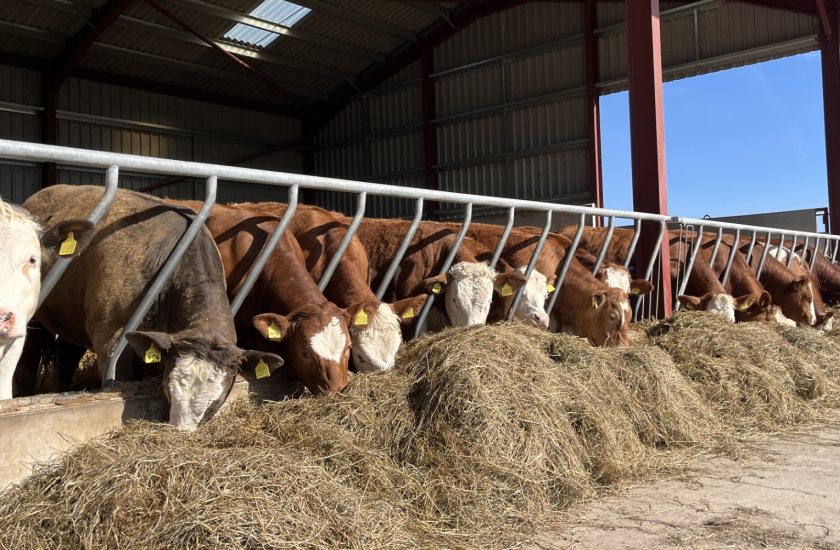
Silage shortages across the country after a hot, dry summer are forcing farmers to make urgent winter feeding decisions, a livestock nutrition expert has warned.
Steven Eddie, of East Coast Viners Animal Nutrition, said time is running out to plan effectively for the months ahead.
“This year has once again reminded us of the unpredictability of weather ‘patterns’ – and the knock-on effect it has on forage,” he explained.
Eddie noted that while first cuts of silage offered decent nutrient values, yields were down due to the dry conditions.
Later cuts fared worse, with many delaying mowing in the hope of bulkier crops, only to find seed heads forming and feed value reduced.
With silage in short supply, Eddie, a trained livestock nutritionist and farmer, urged producers to make the most of home-grown cereals and straw.
“Maximising on what’s in the shed with the right supplementary feeds will be key, and it’s vital to be making these decisions now so silage stocks are available when cattle most need them next spring.”
Straw, he advised, remains an effective source of long fibre and an excellent base for ruminant diets.
Traditional ammonia treatments have largely given way to molasses blends, which improve intake and protein levels and can replace up to half of silage requirements.
“The sucrose present in the sugar in the molasses is key to stimulating rumen activity,” Eddie explained.
He outlined how a ration of 2.1kg of straw with 1kg of molasses could substitute 10kg of silage for spring-calving suckler cows — effectively extending forage supplies by a day for every four days the mix is fed.
He stressed that the key to successful supplementation lies in balancing fermentable energy with rumen degradable protein to boost microbial protein production, which supports animal performance and lowers feed costs.
This year’s lower-moisture grain harvest adds further complexity. Rejected malting barley, for example, has reduced protein content, increasing the need for supplementation.
Eddie recommended regulated release molasses blends as the most consistent option compared to alternatives such as pot ale syrup, which he said can fluctuate in supply, analysis, and price.
While acknowledging cost concerns, he described nutrition as one of the most important investments for herd success.
“Whatever the markets, getting the feed inputs right is a small investment for consistent long-term gain,” he said, adding that tailored nutrition supports fertility, foetal growth, and milk quality while reducing veterinary costs.
Eddie’s message was clear: planning early is essential to avoid problems later in the season. “You need to make sure you have adequate supply of silage in your pit, and if you make the supplementations now, you could stretch this by a month. By February and March, it is too late.”
He warned that failing to act risks unnecessary stress for both farmers and cattle: “Planning effectively will reduce the sleepless nights between now and the first flush of spring grass next year.”
